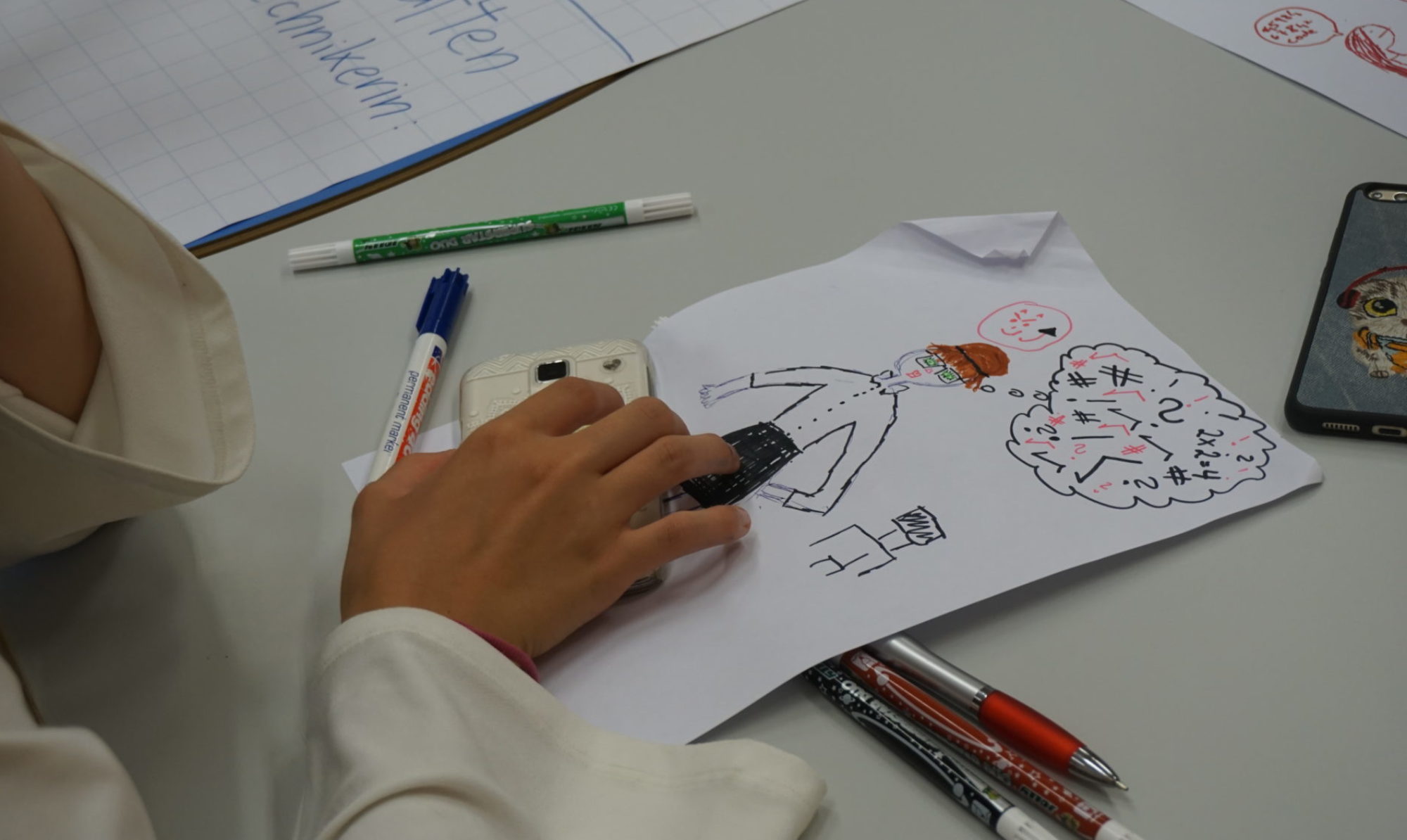Reference Format: B. Spieler, M. Grandl, M. Ebner, and W. Slany, 2020. Bridging the Gap: A Computer Science Preparatory Online Course for First Semester Students. Electronic Journal of e-Learning (EJEL). vol. 18, no. 3. pp. 248‑260. DOI: 10.34190/ejel.18.3.1907
Bernadette Spieler1, Maria Grandl2, Martin Ebner2 and Wolfgang Slany31University of Hildesheim, Institute for Mathematics and Applied Informatics, Hildesheim, Germany
2Graz University of Technology, Institute of Interactive Systems and Data Science, Graz, Austria
3Graz University of Technology, Department Educational Technology, Graz, Austria
bernadette.spieler@uni-hildesheim.de
maria.grandl@tugraz.at
martin.ebner@tugraz.at
wolfgang.slany@tugraz.at
DOI: https://doi.org/10.34190/ejel.18.3.1907
Abstract: Knowledge in Computer Science (CS) is essential, and companies have increased their demands for CS professionals. Despite this, many jobs remain vacant. Furthermore, computational thinking (CT) skills are required in all contexts of problem solving. A further serious problem arises from the gender disparity in technology related fields. Even if tech companies want to hire women in technology, the number of women who enter these fields is remarkably low. In high schools with no technical focus, most teenagers acquire only low-level skills in CS. The consequences are misleading preconceptions about the fundamental ideas of CS and stereotype-based expectations. Consequently, many teenagers exclude computing from their career path. In this paper, two promising concepts to overcome these challenges are presented. In 2018, a voluntary gamified lecture “Design your own app”, held at the University of Graz for students of all degree programs, was introduced. The course attracted over 200 students and received positive evaluations. This led to the second concept. In January 2019, a MOOC (Massive Open Online Course) with the title “Get FIT in Computer Science” was designed and launched in August 2019 on the platform iMooX.at with the goal to provide a basic introduction to different concepts of CS, including programming and the application of game design strategies. The MOOC was accompanied by an offline lecture, following the principles of flipped classroom and inverse blended learning. For evaluation purposes, we collected data at three stages: 1) during the MOOC, 2) during the offline lecture, and 3) two months after the lecture. The results showed that the MOOC framework was a promising approach to support and motivate at least a certain group of first-semester students, especially those who had no prior knowledge in CS.
Keywords: computer science education, digital literacy, technology enhanced learning, MOOC, flipped classroom, Pocket Code
Link:
https://academic-publishing.org/index.php/ejel/article/view/1907
